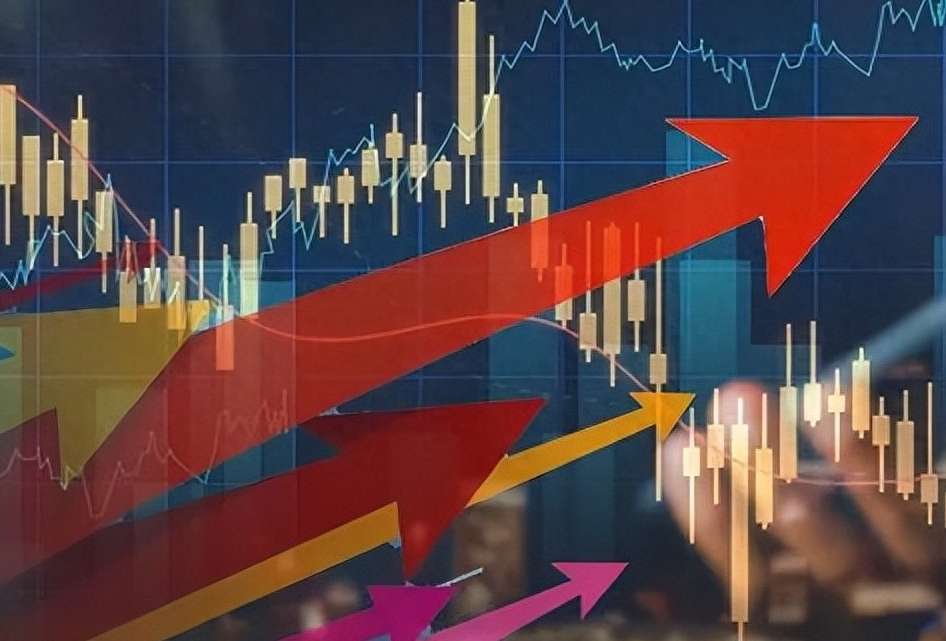Japanese Stocks Surpass 39,000 Points!
Advertisements
On February 22, Japan’s stock market reached new heights, with the Nikkei 225 index soaring past the 39,000 mark. This monumental rise saw the index surpass its previous all-time high of approximately 38,915.87 set during the asset price bubble of December 29, 1989. By the close of trading, the Nikkei 225 boasted a remarkable increase of 2.19%, closing at 39,098.68, which marks a record high and reflects a cumulative rise of over 16.8% since the beginning of the year.
The surge in Japanese stocks can be attributed primarily to several factors, as outlined by CFRA Research in their latest report regarding future market trajectories. Foreign capital inflows, steady global and Japanese economic growth, the successful implementation of wage hikes and price increases domestically, and ongoing government policy support aimed at enterprise valuation are all contributing elements. Notably, a significant trend of Japanese households shifting from saving to investing has the potential to propel the Nikkei index beyond the psychological barrier of 40,000 points in 2024.
Meanwhile, the Chinese stock market also displayed dynamic activity. On the same day, broker stocks experienced a notable uptick, with firms like Everbright Securities and Huachuang Securities showing significant growth. The Shanghai Composite Index was up by 1%, while the Shenzhen Component index rose by 0.6%, and the ChiNext index saw a slight increase of 0.19%. China National Offshore Oil Corporation (CNOOC) surged over 4%, achieving a historic high, alongside growth in both China Petroleum and China Petrochemical. In Hong Kong, CNOOC's stock rose over 5%, also reaching a record high.
In a significant development for the U.S., on February 21, American tech giant Intel hosted its inaugural wafer foundry event in San Jose, California. During this event, U.S. Secretary of Commerce Gina Raimondo emphasized the need for increased government investment in order to restore America's leading position in the semiconductor sector, suggesting the implementation of a second Chips Act. Already, the Chips Act, signed into law by the president last August, pledges more than $52 billion in governmental subsidies for semiconductor research and production purposes.
However, Secretary Raimondo warned that one piece of legislation alone is insufficient for the U.S. to reclaim its supremacy in the semiconductor supply chain. It is imperative to diversify the supply chain and enhance domestic manufacturing capabilities, particularly for cutting-edge chips crucial for advancements in artificial intelligence.
On the topic of investment prospects, analysts forecast promising developments for Japanese stocks over the coming years. The latest insights from CFRA suggest that the rest of 2024 holds considerable potential for the Nikkei index as it may surpass the 40,000 mark. Compared to the late 1980s, the current valuation levels of Japanese stocks are deemed much more reasonable. The profitability of Japanese companies has significantly improved, with a greater number of firms finding themselves competitive on the global stage.

As for the dynamics of investor composition, foreign institutional investors currently represent the largest shareholdings and transactions in Japan’s stock market. Their active participation has correlated with rapid increases in stock prices. The Bank of Japan has accumulated about 7% of the total shares over the past decade, leading CFRA analysts to conclude that there are no substantial sell-off risks anticipated in the immediate future. Corporations have also engaged in substantial share buybacks, which have been accelerated by aggressive valuation policies termed “Nikkei Estimation”. Furthermore, individual investors have consistently sold off Japanese stocks since the collapse of the asset price bubble, despite many holding significant cash reserves. Converting these savings into investments could provide a much-needed boost to the stock market.
Long-term strategies articulated by analysts indicate that, against the backdrop of inflation, Japan is in a favorable position to leverage debt and acquire inflation-resistant assets. This aligns with approaches taken by investment leaders like Warren Buffett. Historically, Japanese interest rate hikes have had minimal impact on the stock market. However, outlooks remain cautious for the short term due to potential fluctuating risks. The Japanese economy is notably responsive to external pressures, and historical data suggests a correlation between U.S. recessions and Japanese economic downturns. Thus, should the U.S. enter a recession, it is likely Japan would follow suit.
In addition to the observations concerning Japan, the U.S. semiconductor industry is also undergoing significant transformation. At the recent wafer foundry event, Secretary Raimondo discussed with industry leaders, including OpenAI CEO Sam Altman, strategies for fostering global manufacturing of AI chips. Raimondo noted that discussions with other industry executives indicated an overwhelming demand for semiconductor resources in the forthcoming years.
Although over 170 companies have sought subsidies from the Chips Act since its inception in 2022, the U.S. Department of Commerce has disbursed only three smaller amounts to date. Recently, semiconductor manufacturer GlobalFoundries was awarded the highest project funding of $1.5 billion under the Chips Act. Intel, another key player in the semiconductor industry, is among the firms vying for financial assistance from the Chips Act. Speculation suggests that delays in the release of these subsidies might be hindering Intel’s plans for new construction in Ohio, which has now been postponed to 2026.
Nonetheless, negotiations are underway to potentially grant Intel more than $10 billion in subsidies, spurring optimism within the company for a forthcoming announcement regarding funding assistance. In light of recent developments, many stakeholders are closely watching the evolution of these policies and their implications for both domestic and international markets, particularly as the U.S. aims to regain its footing in the semiconductor landscape.